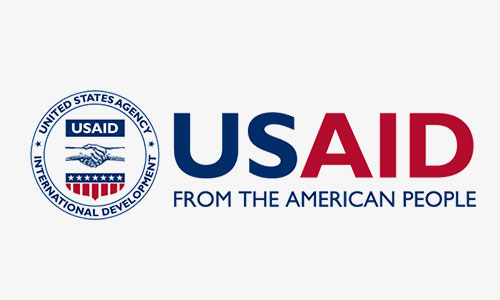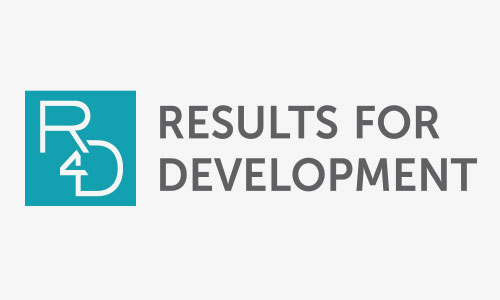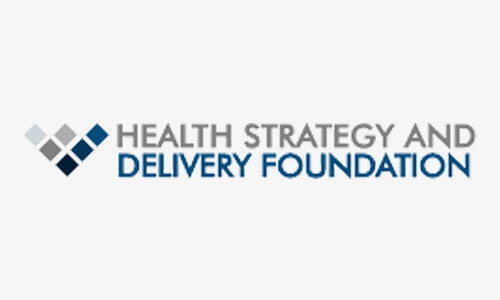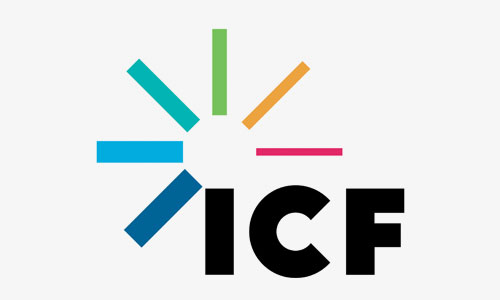[In this article published in the Bulletin of the World Health Organization, Tamara Chikhradze, Emma Brainerd, Adeel Ishtiaq and Reva Alperson share how policymakers in middle-income countries can leverage strategic purchasing to improve rehabilitation services outcomes — and promote the integration of rehabilitation services into health systems. This work was conducted through the Health Systems Strengthening Accelerator, which is led by R4D in partnership with ICF and the Health Strategy and Delivery Foundation.]
Abstract: Rehabilitative care is often overlooked and underfunded despite being a key component of universal health coverage, and now faces further neglect due to the indirect impacts of the coronavirus disease 2019 pandemic. Policy-makers can leverage strategic purchasing approaches to make the most of available funds and maximize health gains. To implement more strategic purchasing of rehabilitation, health planners must: (i) develop and prioritize evidence-based rehabilitation service packages; (ii) use fit-for-purpose contracting and provider payment mechanisms to incentivize quality and efficient service delivery; and (iii) strengthen stewardship. This paper examines these three policy priorities by analyzing their associated processes, actors, and resources based on country experiences. Policy-makers will likely face several obstacles in operationalizing these policy priorities, including inadequate accountability and coordination among sectors; limited data and research; undefined and non-standardized rehabilitation services, costs, and outcomes; and inadequate availability of rehabilitative care. To overcome challenges and institute optimal strategic purchasing practices for rehabilitation, we recommend that policy-makers strengthen health sector stewardship and establish a framework for multisectoral collaboration, invest in data and research, and make use of available experience from high-income settings, while creating a body of evidence from low- and middle-income settings.




